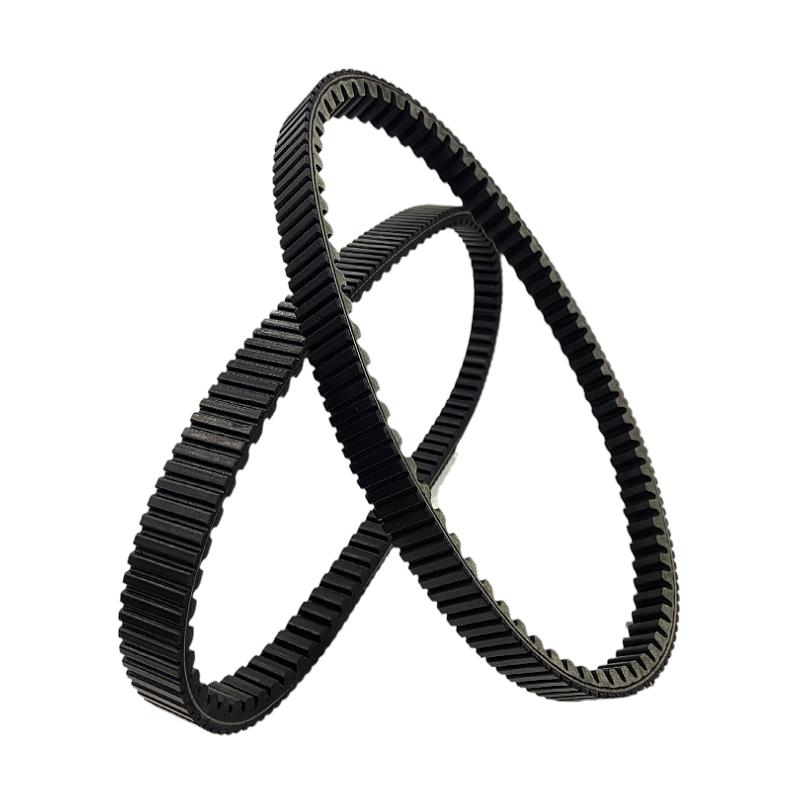- Arabic
- French
- Russian
- Spanish
- Portuguese
- Turkish
- Armenian
- English
- Albanian
- Amharic
- Azerbaijani
- Basque
- Belarusian
- Bengali
- Bosnian
- Bulgarian
- Catalan
- Cebuano
- Corsican
- Croatian
- Czech
- Danish
- Dutch
- Afrikaans
- Esperanto
- Estonian
- Finnish
- Frisian
- Galician
- Georgian
- German
- Greek
- Gujarati
- Haitian Creole
- hausa
- hawaiian
- Hebrew
- Hindi
- Miao
- Hungarian
- Icelandic
- igbo
- Indonesian
- irish
- Italian
- Japanese
- Javanese
- Kannada
- kazakh
- Khmer
- Rwandese
- Korean
- Kurdish
- Kyrgyz
- Lao
- Latin
- Latvian
- Lithuanian
- Luxembourgish
- Macedonian
- Malgashi
- Malay
- Malayalam
- Maltese
- Maori
- Marathi
- Mongolian
- Myanmar
- Nepali
- Norwegian
- Norwegian
- Occitan
- Pashto
- Persian
- Polish
- Punjabi
- Romanian
- Samoan
- Scottish Gaelic
- Serbian
- Sesotho
- Shona
- Sindhi
- Sinhala
- Slovak
- Slovenian
- Somali
- Sundanese
- Swahili
- Swedish
- Tagalog
- Tajik
- Tamil
- Tatar
- Telugu
- Thai
- Turkmen
- Ukrainian
- Urdu
- Uighur
- Uzbek
- Vietnamese
- Welsh
- Bantu
- Yiddish
- Yoruba
- Zulu
Jul . 29, 2024 17:49 Back to list
Understanding the Importance of Timing Belts in Engine Performance and Maintenance Efficiency
Understanding PU Timing Belts A Comprehensive Overview
In the world of mechanical engineering, timing belts play a vital role in ensuring that various components of machinery operate in harmony. Among the various types of timing belts, the Polyurethane (PU) timing belt has gained significant recognition due to its outstanding performance, durability, and versatility. This article delves into the features, advantages, applications, and maintenance aspects of PU timing belts.
What is a PU Timing Belt?
A Polyurethane timing belt is a synthetic rubber belt that is not only resistant to wear and tear but also offers enhanced flexibility. These belts are manufactured using a blend of polyurethane with a tensile cord, which usually consists of materials like fiberglass or steel. This combination results in a timing belt that has superior strength and less stretch compared to traditional rubber belts. PU timing belts are commonly used in applications that require precise timing and synchronization between components, making them essential in many engineering configurations.
Advantages of PU Timing Belts
1. Durability One of the most significant advantages of PU timing belts is their durability. Polyurethane has a naturally higher resistance to abrasion, chemicals, and extreme temperatures than standard rubber, resulting in longer service life.
2. Low Noise Operation PU timing belts operate with less noise than their counterparts, offering a quieter solution for applications in environments where noise levels need to be minimized.
3. High Load Capacity Thanks to the enhanced tensile strength provided by the materials used, PU timing belts can handle heavy loads and high torque applications. This characteristic is particularly beneficial in industrial settings, where machines often operate under demanding conditions.
4. Less Maintenance PU timing belts require minimal maintenance compared to traditional rubber belts. Their construction minimizes the chances of elongation and slipping, allowing for extended periods between checks and replacements.
pu timing belt

5. Temperature Resistance PU belts offer excellent resistance to thermal extremes, enabling them to function optimally in environments ranging from freezing cold to high heat.
Applications of PU Timing Belts
PU timing belts find application across a broad range of industries. In the automotive sector, they are utilized in engines for precise timing of various components like camshafts and crankshafts. In the manufacturing industry, these belts play a crucial role in conveyor systems, robotics, and packaging machines where synchronized movements are critical. Additionally, PU timing belts are also favored in woodworking and textile machinery due to their efficiency and precision.
Maintenance and Care
While PU timing belts are designed to be low maintenance, certain practices can ensure their longevity and optimal performance. Regular inspections are essential to check for signs of wear, such as fraying or cracking. Proper tensioning must be maintained to prevent slippage and excessive wear, and the alignment of pulleys should be regularly checked to ensure smooth operation.
Furthermore, keeping the belt clean and free from contaminants is crucial. Oils, dirt, and debris can compromise the performance of PU timing belts, leading to failure or reduced effectiveness. Therefore, it is advisable to periodically clean the surface of the belt and the surrounding components.
Conclusion
PU timing belts are an integral part of modern mechanical systems, offering numerous advantages such as durability, high load capacity, and low maintenance. Their wide range of applications across various industries highlights their versatility and importance. By understanding the characteristics and maintenance needs of PU timing belts, engineers and technicians can ensure optimal performance, thus prolonging the lifespan of machinery and enhancing operational efficiency. As industries continue to evolve, the demand for reliable and efficient components like PU timing belts is likely to grow, making them a staple in mechanical engineering.
-
Upgrade Power Steering Pump Belt for Smooth, Quiet Operation
NewsAug.27,2025
-
Precision Timing Belt & Chain: Engine Performance & Durability
NewsAug.26,2025
-
Precision Lathe Drive Belts: Durable & Reliable Performance
NewsAug.25,2025
-
84.5 Serpentine Belt: Durable & Precision Fit for Your Engine
NewsAug.24,2025
-
Premium Ribbed Drive Belts for Quiet Power Transmission
NewsAug.23,2025
-
High-Performance Vehicle Timing Belt for Engine Precision
NewsAug.22,2025

